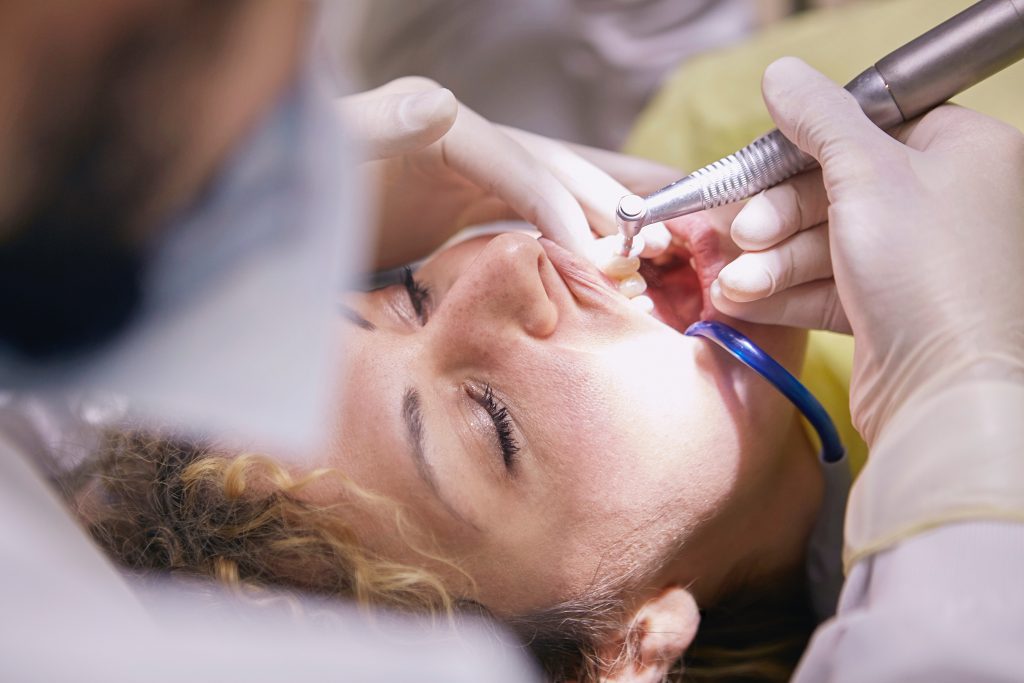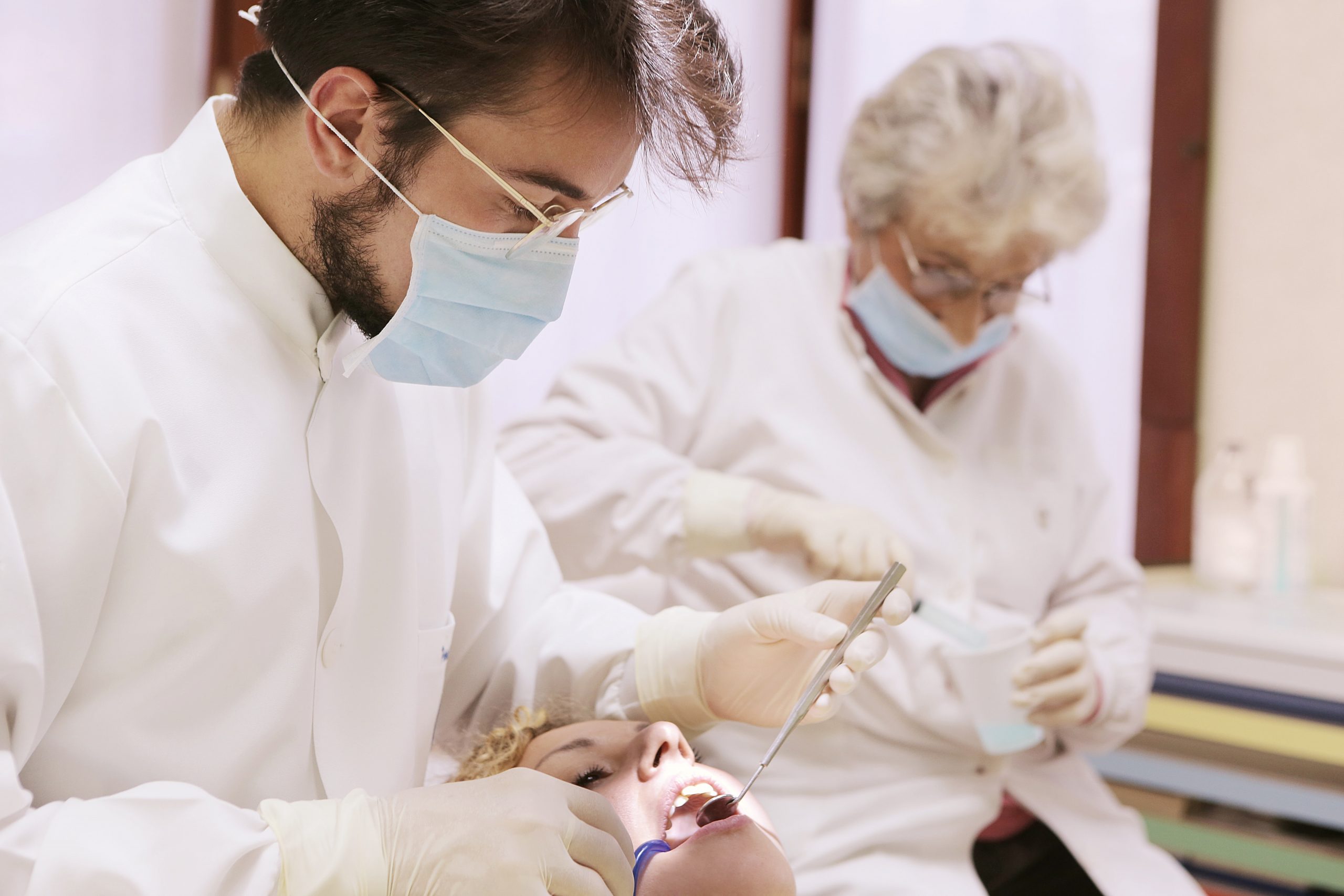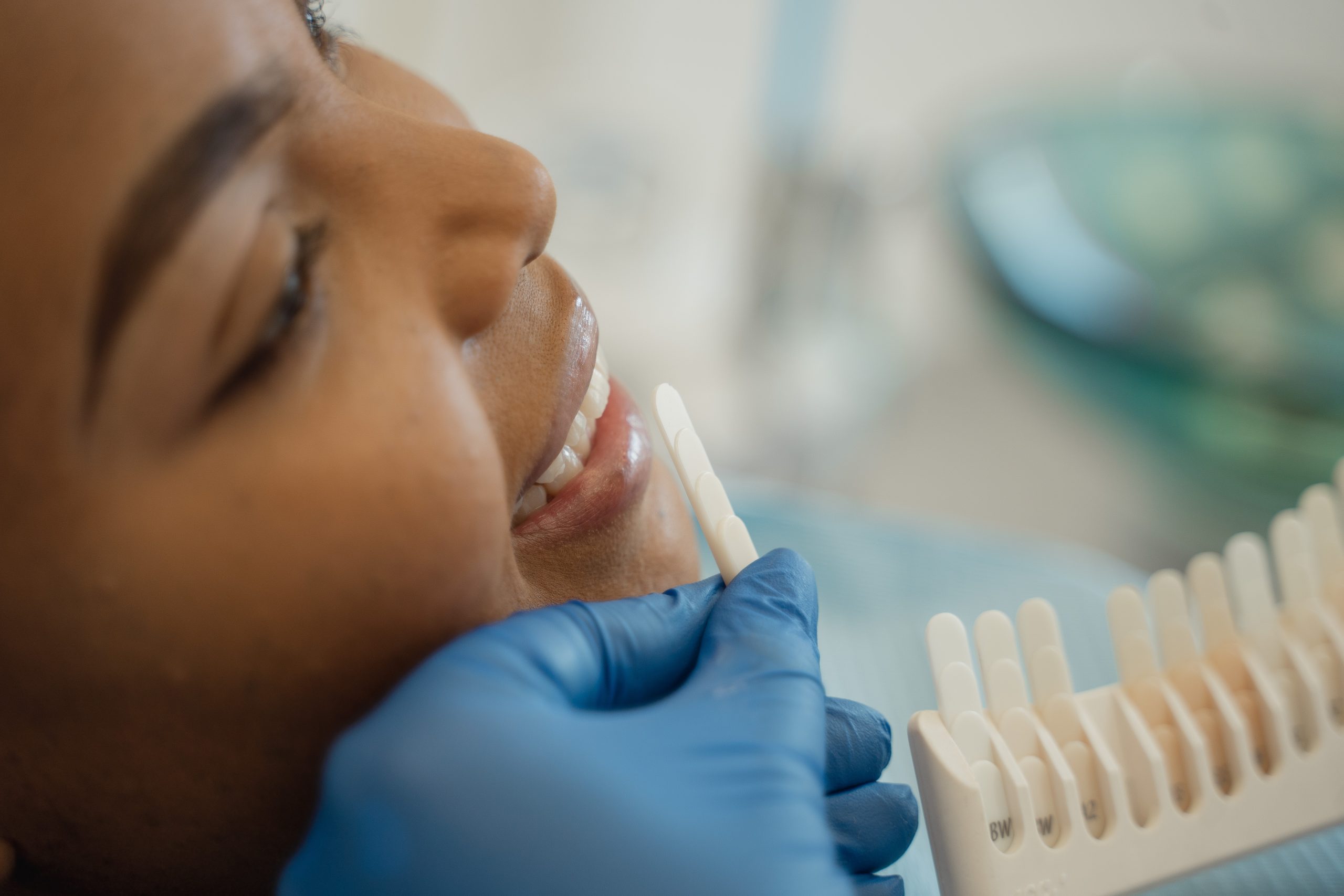Prevention
It is recommended to consult a specialist from the age of 7 years to allow him to detect the possible presence of certain problems which must be taken care of very early in the development of the child.
A Good Development
Oral health is very important and to ensure you maintain beautiful, straight teeth and healthy gums, it is essential to monitor the development of your children’s mouth and teeth.
Treat Anomalies
It happens that the teeth do not grow where they were intended, or a jaw does not close symmetrically. When a dental anomaly presents itself, an orthodontist must be consulted so that he can determine a personalized plan to restore the balance of the mouth.
Multidisciplinary Treatment In Orthodontics
Orthodontic treatment sometimes requires the consultation of other specialists such as oral surgeons, prosthodontists, periodontists, endodontists.
The planning of orthodontic treatment must then be coordinated with the other intervening parties.
This Keynote presents complex cases where the collaboration and coordination of the work of different specialists have allowed the achievement of an optimal aesthetic and functional occlusion.
Piezoelectric Orthognathic Surgery:
Diagnosis, indications, orthodontic preparation, the realization of occlusion plans, piezoelectric surgical techniques
Orthognathic surgery is a part of craniomaxillofacial surgery that has been profoundly modified over the past ten years by the use of Piezosurgery. The author describes in this work, completely and chronologically, the various orthodontic, preoperative prosthetic, and surgical stages of the management of dental-maxillary dysmorphic. Presents in an extremely practical way, step by step, the precise and atraumatic ultrasonic bone cutting techniques that he has developed by rethinking the design of each gesture to ensure quality and reproducibility. At each stage, the reader will find, in a text explaining “why” and “how to do”, a precise answer to his questions.
This practical aspect is reinforced by an extremely complete iconography associating 1,284 personal diagrams and clinical or operating photographs. This work is the fruit of experience acquired throughout a career and of multidisciplinary collaboration. It is therefore intended for residents, heads of clinics and maxillofacial surgeons, orthodontists, and prosthetists, that is to say to all those who take charge of this pathology and are looking for rational solutions to improve the quality of their results. In this richly illustrated book, the author presents “step by step” and in chronological order the stages of surgery, allowing the reader to approach the book in its entirety or for a specific point.

Why Jaw Surgery?
Although you are never too old to begin orthodontic treatment, treatments for adults are sometimes more complex as the condition of their mouth gradually deteriorates. Here are some points regarding imbalances between the jaws and surgery.
When the growth of the jaws is complete, if they show a significant imbalance, it may be necessary to have surgery to correct it.
The most common problem in the North American population is a lower jaw that is too far back (mandibular retrognathia).
It is also possible to see jaws (top or bottom) too advanced, set back, wide, narrow, or a combination of these problems.
Orthodontics corrects dental malpositions responsible for malocclusions (crooked, overlapped, protruding, tilted teeth, etc.).
Surgical corrections make the jaws more functional and help improve dental health, occlusion, aesthetics, and the appearance of the face.
The abnormalities of the jaws are caused primarily by heredity, but can also be the result of trauma (accidents) or growth defect.
Well-balanced jaws are essential, as they are the foundation of a good bite.
The orthodontist and surgeon then work as a team to develop a treatment plan that will correct the bite and jaw problems.
Orthognathic surgery is to correct imbalances between the jaws that are too severe to be corrected by orthodontics only.
However, severe jaw abnormalities require the intervention of a specialist in maxillofacial surgery.
Surgical corrections make the jaws more functional and help improve dental health, occlusion, aesthetics, and the appearance of the face.


